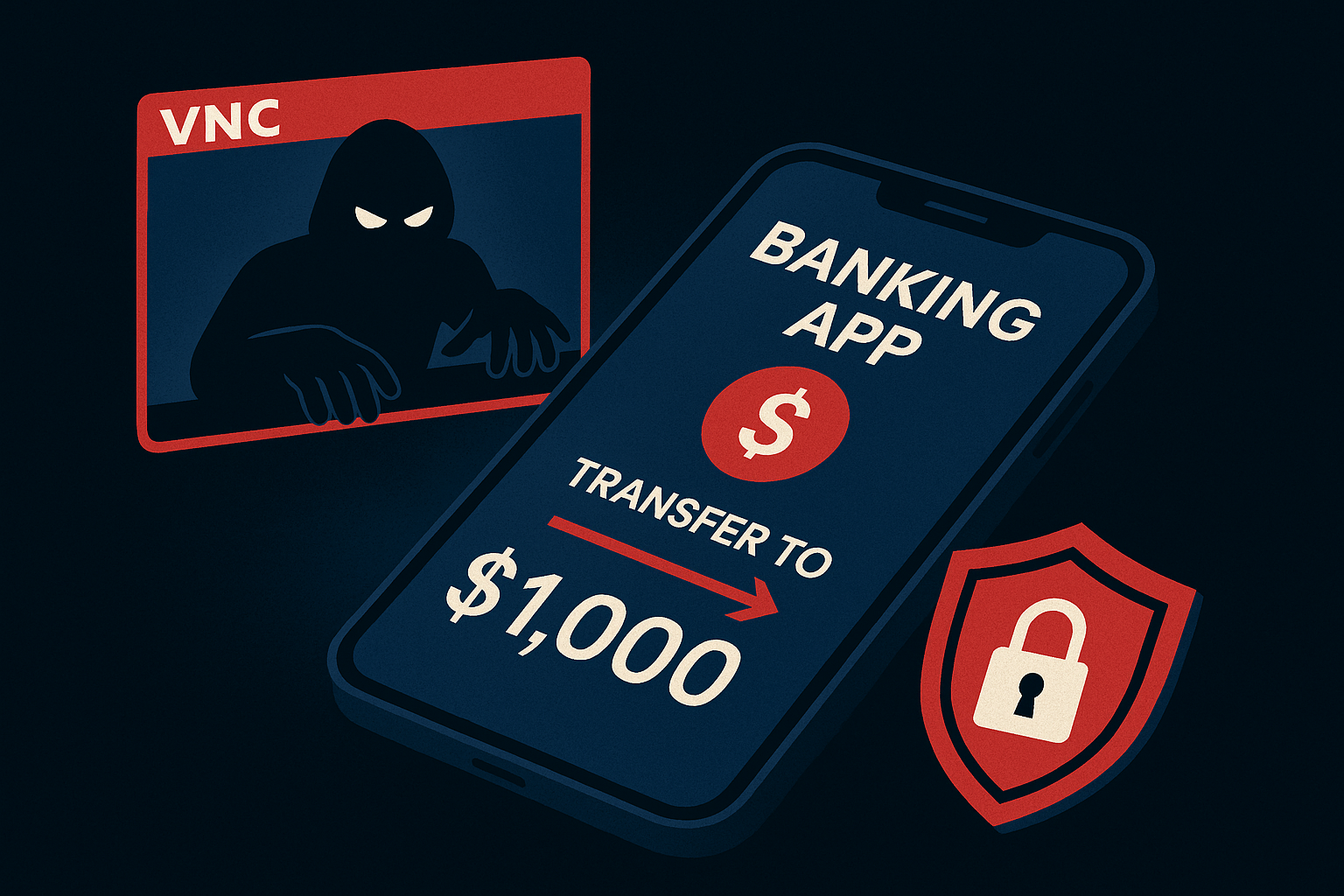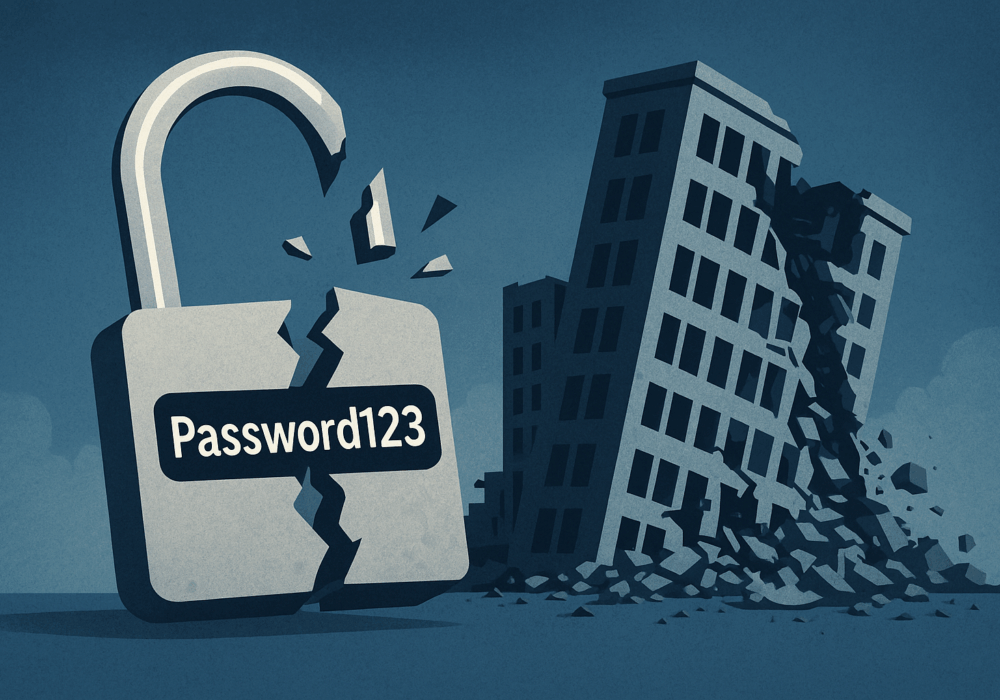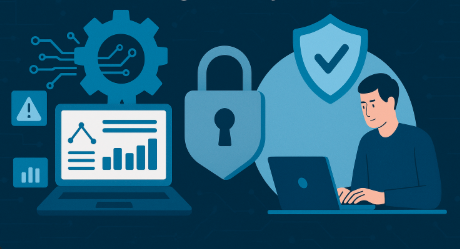Many people know about Phishing, a form of social engineering to deceive individuals into doing a hacker’s bidding. Hackers convince users to click on malicious links in an email resulting in malicious file downloads or redirection to credential-stealing websites. Smishing is a lesser-known form of phishing that targets smartphone users via text or SMS messages. When it’s successful, smishing tricks the recipient into taking some action. Like a phishing attack, it could be visiting a fraudulent site and giving up your credentials or downloading a rogue application that can compromise your phone or steal personal information. Simply put, smishing is phishing through text messages.
Hackers are continually finding new ways to attain user’s data. Hackers are using smishing because people tend to be more inclined to trust a text message than an email. Most people are aware of the security risks involved with clicking on links in emails, this is less true when it comes to text messages. A study presented by TechTalk showed that 98% of common text messages are read and 20% are responded to, where 45% of common emails are read and only 6% are responded to. It should come as no surprise that hackers are turning to smishing attacks with increasing frequency.
In general, you don’t want to reply to text messages from people you don’t know. That’s the best way to remain safe. This is especially true when the text comes from a phone number that doesn’t look like a phone number, such as “5000”, or “452-981” number. This is a sign that the text message is actually just an email sent to a phone. You should exercise basic precautions when using your phone such as:
Almost all of the text messages you get are going to be totally fine. But it only takes one bad one to compromise your data and security. With just a little bit of common sense and caution, you can make sure that you don’t become a victim of smishing.
Not only should you follow the previous Smishing security recommendations, but there are other ways CyberHoot recommends to help stay secure in your day to day lives online:
Sources
Blended Threat – CyberHoot Term
Related Readings
Discover and share the latest cybersecurity trends, tips and best practices – alongside new threats to watch out for.

Newly discovered Android banking Remote Access Trojan (RAT), dubbed Klopatra, has compromised more than 3,000...
Read more
In June 2025, KNP Logistics Group, a transport company in the UK with 500 trucks and nearly two centuries of...
Read more
Vulnerability scanning and it's human led partner penetration testing (aka "pentesting") are excellent and...
Read moreGet sharper eyes on human risks, with the positive approach that beats traditional phish testing.
